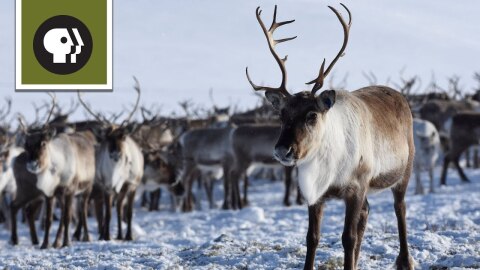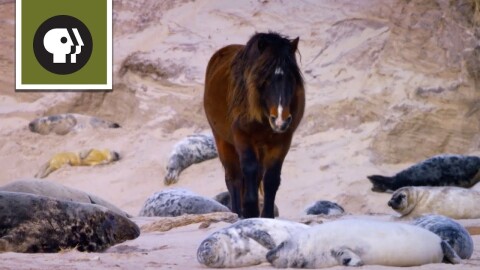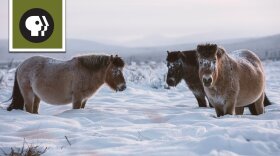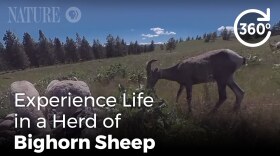-
See how a herd of reindeer move together like a swirling cyclone as a form of defense.
-
The wild horses of Sable Island, are able to thrive thanks to the seals that share their habitat.
-
The success of wild Przewalski horses in the Gobi Desert is due in large part to the social structure of their herd.
-
Witness the discovery of a new ichthyosaur fossil.
-
This 360 VR experience that takes you inside Jack's herd of bighorn sheep in the wilds of Montana. The virtual reality experience explores the impact of respiratory disease on bighorn sheep.
-
One village works to find ways to both live with and save one of the rarest cats on Earth.
-
Researchers estimate there are as few as 4,000 snow leopards left in the wild.
-
Uncover the truth about a pervasive epidemic that threatens bighorn sheep.
-
Discover the cause of an epidemic that is threatening this icon of the American West.
-
Take a virtual reality tour of a remote pristine cloud forest on the northeast coast of Papua New Guinea.
-
At NATURE we celebrate the season with squirrels! Who better to capture the vigor of Tchaikovsky's "Nutcracker Suite" than these agile athletes?
-
Meet one of the most elusive creatures you will ever see in the wild - the Matschie’s Tree Kangaroo.

















